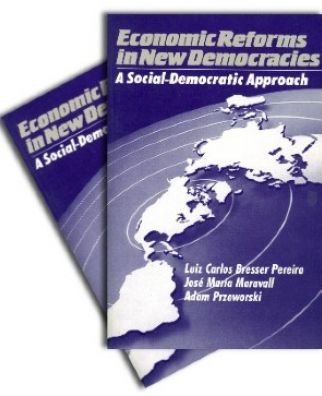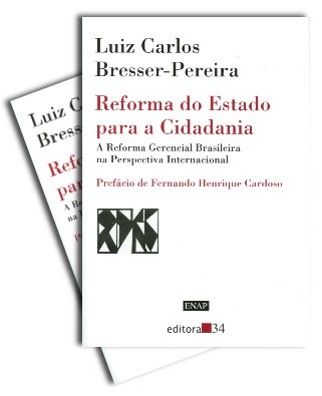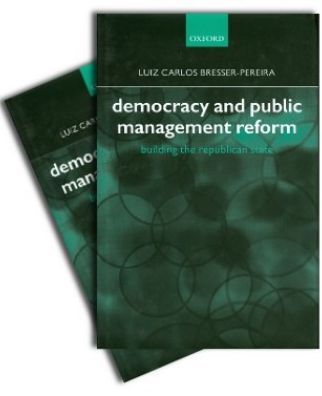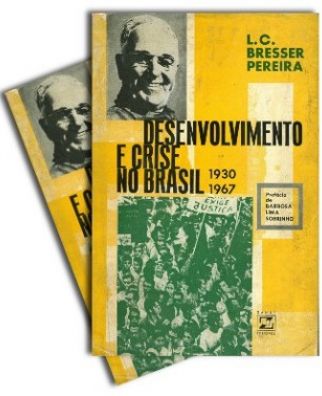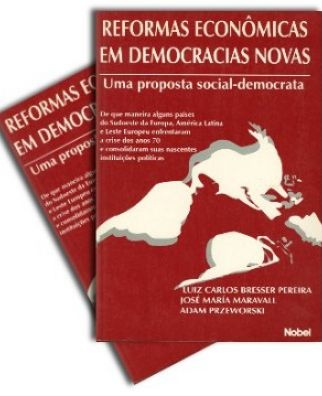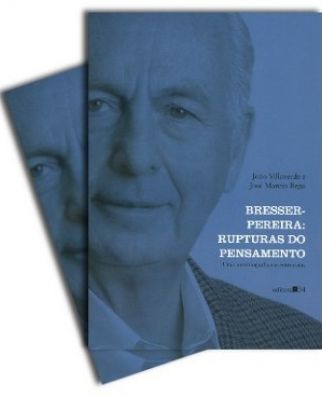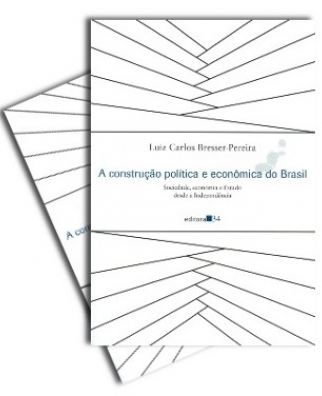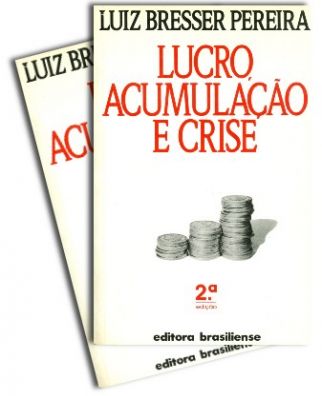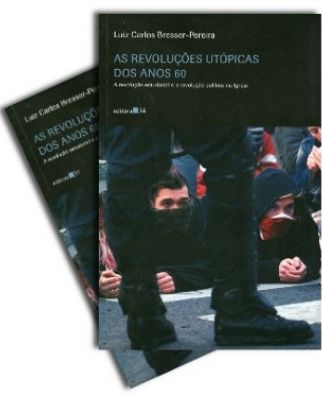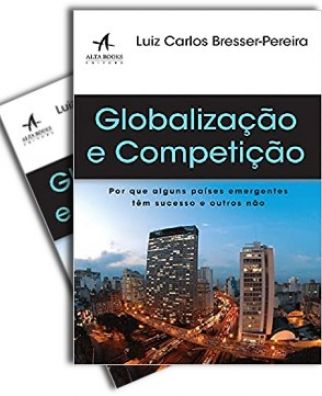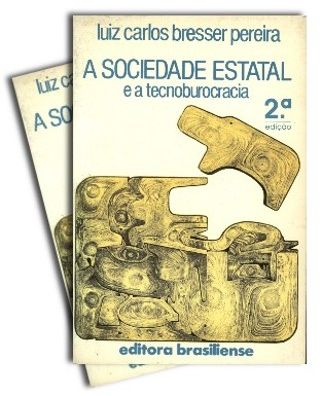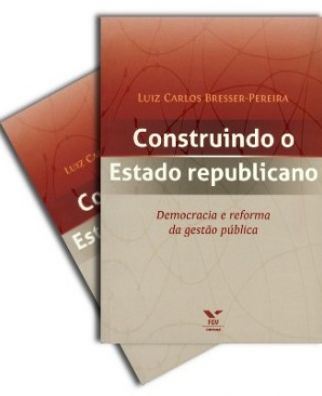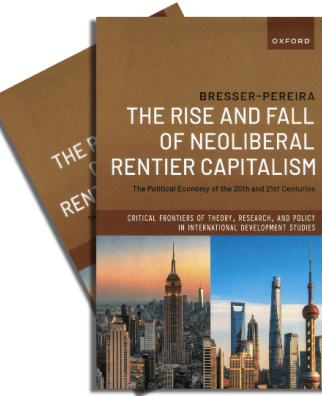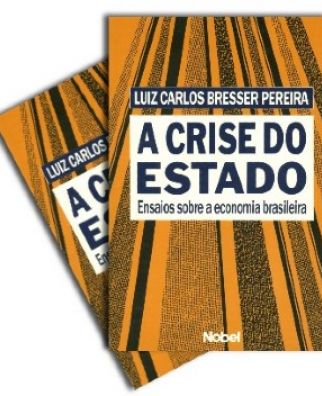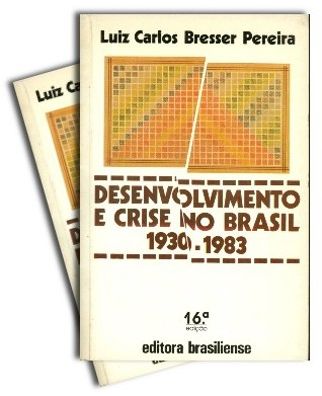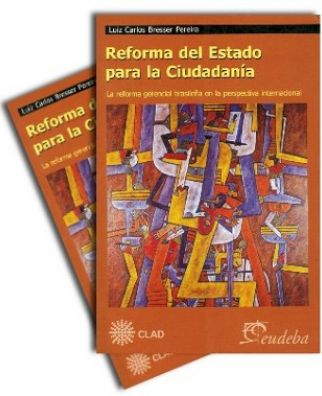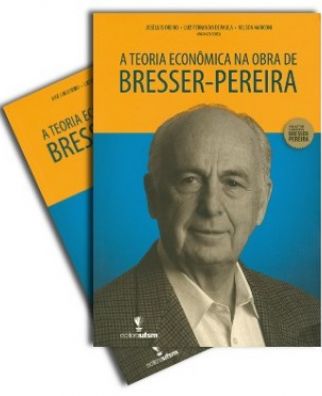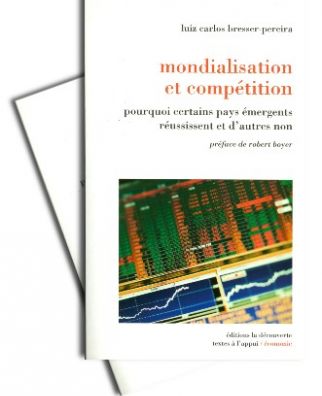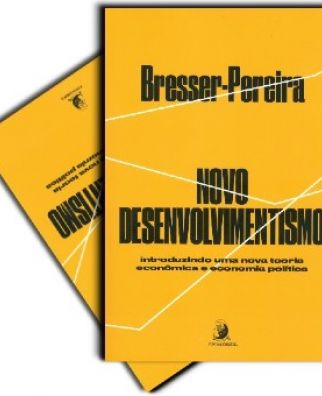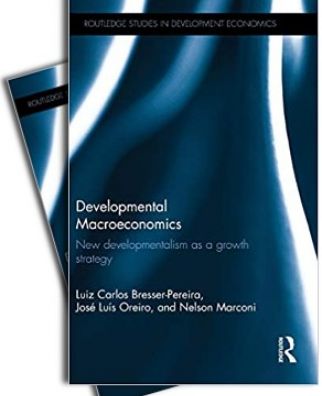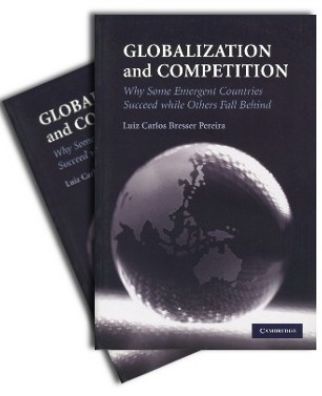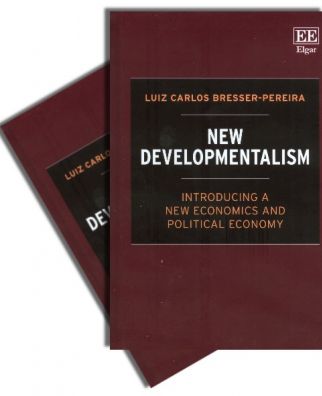1996. With Gilberto Tadeu Lima. While microeconomics is logic-deductive, macroeconomics is a historical discipline, requiring an inductive-deductive approach. (Paper: Revista de Economia Política) *
ECONOMICS
MACROECONOMICS
1991. With Fernando Dall'Acqua. Contrarily to what economic populists say, Keynes only admited budget deficits in special situations, as a temporary depart from fiscal balance.
Portuguese version available.(Paper: Journal of Post Keynesian Economics)
1991. With Fernando Dall'Acqua. Contrarily to what economic populists say, Keynes only admited budget deficits in special situations, as a temporary depart from fiscal balance. English version available.(Paper: edit book)
1991. A 1990 repetition of a research on the motives to invest of major Brazilian firms originally conducted in 1970. And a comparison between the two results, showing that with the rise of the interest rate, it became more relevant in the decision process. (Research report/NPP/EAESP/FGV).
1991. Based on research conducted in 1970 and repeated in 1990, this paper shows that, in 'abnormal times', when the interest rate is abnormally high, business enterprises' decisions on investment take into consideration the interest rate more attentively than they do in normal times. (Paper presented to LASA meeting)
1989. Inertial inflation is accelerating in Brazil and threatening to turn into hyperinflation. An explanation of why inertial inflation is rigid is is to be reduced, but tends to increase as distributive conflict increases. (Paper in book edited by José Marcio Rego)
1989. While monetarists emphasize expectation, the strucuturalist theory of inertial inflation privileges distributive conflict. When prices are being increased in a staggered or indexed way, economic agents cannot change their expectatives: they have to increase prices just to keep their share in income. PUC's Rio de Janeiro group, that participate in the formulation of the theory, are falling in a monetarist trap when they privilege expectations instead of distributive conflict. (Introductory paper in book edited by José Marcio Rego)
1987. Interest expenditures and real state expenditures have different consequences on aggregate demand. Thus a contry may have a public deficit whose origin are the interests paid consistent with insufficient demand and unemployment. This was what occurred in the Brazilian economy in 1985. (Paper: Revista de Economia Política)*
1987. With Yoshiaki Nakano. Collected papers on the theory of inertial or indexed inflation. Translation of Inflação e Recessão (1984) with the addition of paper on the 1985 Cruzado Plan. (Book: Lynne Rienner Publishers) Sold out. Available in pdf
1985. From the assumption that Economics is ideologically conditioned, the author distinguishes a conservative from a progressist approach to economic theory and economic policy.(Lecture: Revista de Economia Política)*
1984. With Yoshiaki Nakano. A book of essays on the theory of inertial inflation. English translation: The Theory of Inertial Inflation. (Complete book) Disponível em PDF.
1984 (1987). With Yoshiaki Nakano. Inertial inflation is consistent with the Philips that shifts continuously to the right. Portuguese version available. (Paper in The Theory of Inertial Inflation. Boulder: Lynne Rienner Publishers, 1987: 109-116).
1984. With Yoshiaki Nakano. High inertial inflation can be neutralized by a heroic price freeze combined with conversion tables. The first proposal of a 'heterodox shock' in Brazil, published in July 1983, in Revista de Economia Política before Chico Lopes' August proposal publihed in a bulletin. English version available. (Paper: Revista de Economia Política
1984 [1987]. With Yoshiaki Nakano. High inertial inflation can be neutralized by a heroic price freeze combined with conversion tables. The original paper, in Portuguese, was the first proposal of a 'heterodox shock' in Brazil, published in July 1984, in Revista de Economia Política before Chico Lopes' August proposal publihed in a bulletin. (Chapter 4 of Bresser-Pereira & Nakano, The Theory of Inertial Inflation. Boulder: Lynne Rienner Publishers, 1987: 83-107).
1983 [1987]. With Yoshiaki Nakano. Translation of "Fatores aceleradores, mantenedores e sancionadores.da inflação" (1983). The founding paper on the theory of inertial or indexed inflation. Portuguese version available.
1983. With Yoshiaki Nakano. The founding paper on the theory of inertial inflation. One must distinguish the accelerating from the maintaining and the sanctioning factors of inflation. English version available. (Paper: Anais do X Encontro Nacional de Economia da ANPEC, December 1983.
1983. With Yoshiaki Nakano. The founding paper on the theory of inertial inflation. One must distinguish the accelerating from the maintaining and the sanctioning factors of inflation. (Portuguese version available)
1981 This paper explains stagflation with the administrative or cost theory of inflation emphasizing money endogeneity. This paper contains my first vision of inertial inflation: in one of the sessions I explain high inflation by the fact that firms A, B, and C index their princes increasing them according to the going rate of inflation in a staggered way. (Paper: Revista de Economia Política) *
1985. Review of book by Jorge Miglioli,Acumulação de Capital e Demanda Efetiva in which the author presents the Marxist view of effective demand. (Review in Revista de Economia Política)
1974 [1991]. A survey of the theory of the decision to invest and a critique of the neoclassical emphasis on the interests or on the normal profits. Investments, as the classical economists knew, depend essentially on profit expectations substantially higher than the interst rate. Variations in the expected profit rate are more important in explaining capital accumulation than variations in the interest rate. It elaborates "A decisião de investir, os lucros e os juros". (Paper: Texto para Discussão FGV Economia)

